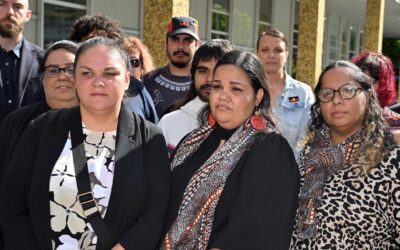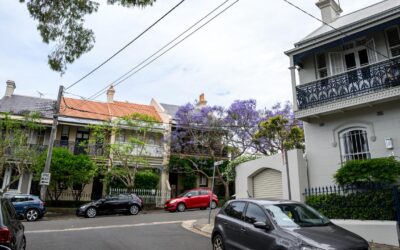Sorry, that’s old news…
You’ve found an older news story. We delete stories from our AAP News Feed after two months. But fear not, here’s today’s news!

After becoming one of the hottest companies on the market, defence innovator DroneShield has lost 70 per cent of ...

One of the world's leading finance institutions has called for Australia to reintroduce a mining tax and limit ...

The family of an Aboriginal boy who was arrested on a bus in the nation's capital have lashed out at police for ...

Climate Minister Chris Bowen flew into Brazil for the UN climate summit insisting Australia would land the 2026 ...

Aspiring home buyers are fleeing to the regions as falling interest rates and limited supply drives city house ...
A mix of established and emerging artists have won multiple gongs at the ARIA awards, on a night legendary rockers ...

Stars of Australia's music industry and overseas have strutted down the red carpet of the ARIA music awards, ...

Australia's most senior police admit they have been powerless to stop a massive increase in child exploitation, ...
No results found.
Background image courtesy victoriancollections.net.au